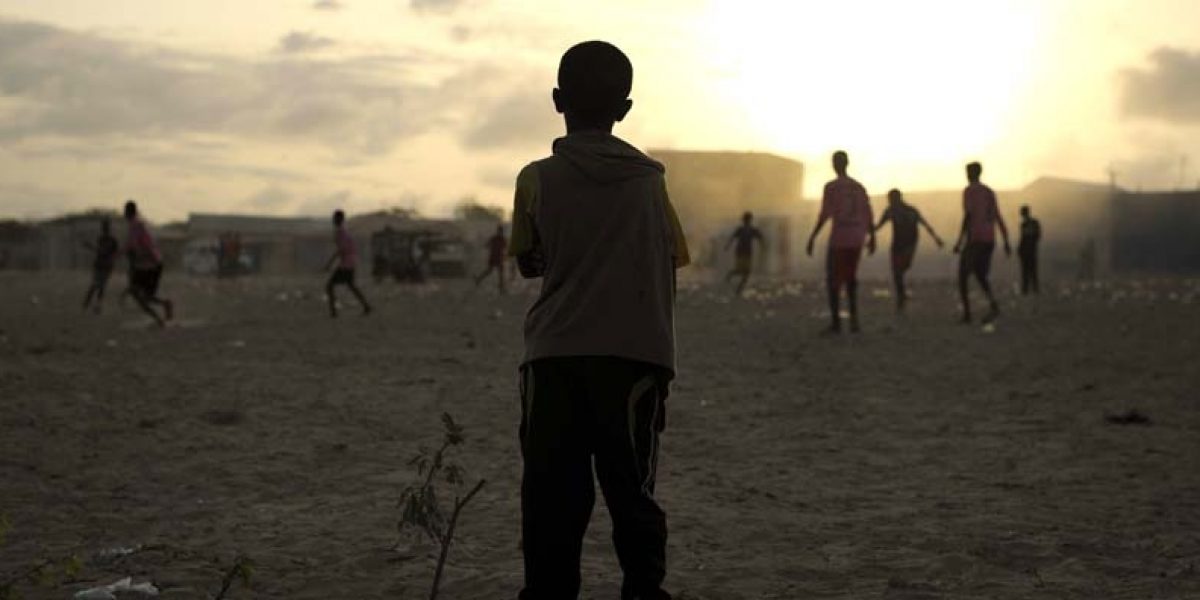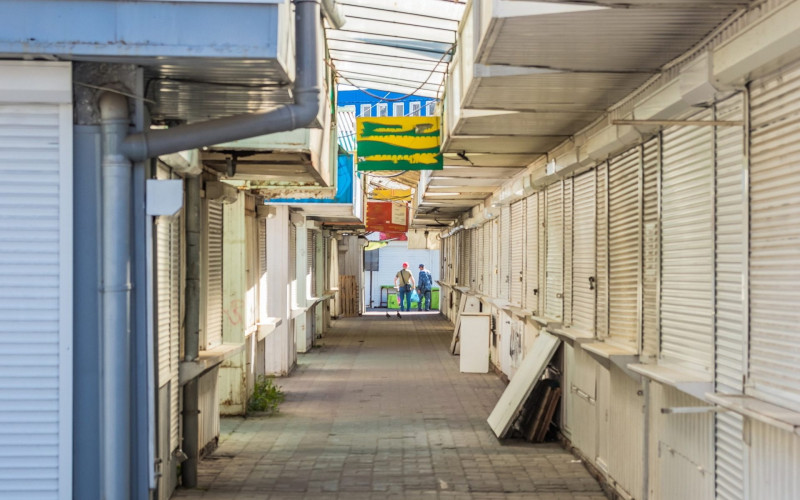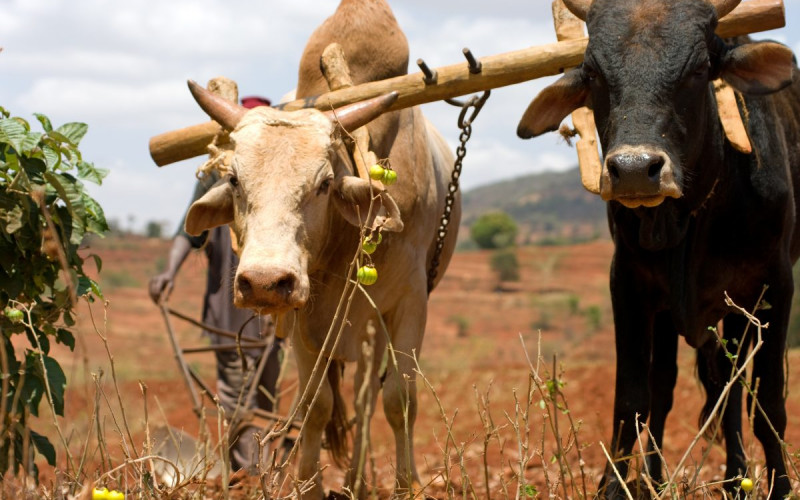In 2015, 19% of the global population under 25 (226 million) lived in Africa, and the United Nations Department of Economic and Social Affairs (UNDESA) expects this figure to increase to 42% by 2030.
A growing youth demographic can either be a blessing, by providing a large, skilled working population willing to contribute to and invest in their societies, or it could provide the perfect basis for home-grown violence, terrorism and socio-political unrest based on a disgruntled, dissatisfied group facing poor job prospects and educational opportunities.
The current status quo
The 2007 Joint African-European Strategy (JAES) refers to investment in employment opportunities for youth and women, including formal employment and educational opportunities, technical and vocational training, and infrastructure development to further these goals. Bilateral efforts to date, however, have been meagre, and shifting priorities deter from efforts to address JAES goals. Domestic political and social instability across West Africa has sparked recent waves of migration to Europe, fuelling anti-immigration sentiments. Even at the fifth AU-EU Summit in November where the theme was ‘Investing in the Youth for a Sustainable Future’ discussions still centred on security and migration, with investment and youth being a secondary focus. To date, AU-EU discussions on circular migration and legal pathways for Africa’s youth to Europe remain deadlocked.
Read our related article ‘Valletta 2015 to Abidjan 2017: Recent Trends in AU–EU Migration Relations‘.
The African Union’s theme for 2017 was ‘Harnessing the Demographic Dividend through Investments in the Youth‘. Continental efforts to speak to this theme, however, have been sparse. According to the African Development Bank (AfDB), only three million formal jobs are created each year despite 10-12 million youth entering the job market across the continent. For example, South Africa had a youth unemployment rate (ages 15-34) of about 38% in 2017. Africa’s dependency on commodities and agricultural production continues to hinder economic growth and diversification into other sectors.
Domestic regulatory hurdles, trade barriers and unfavourable policy regimes make trade in services an ongoing challenge across the continent, despite the rapid growth of informal and formal services. Some regions, such as Southern Africa, still face difficulty in implementing regulations to facilitate greater intra-regional movement of persons, which affects the transfer and movement of professional services too. Tertiary education qualifications are often not recognised intra-regionally, making it expensive and difficult for youth to move and seek formal employment in neighbouring countries.
The case of South Africa
In South Africa, government efforts have focused largely on supply-side interventions to eradicate the structural causes of youth employment. But attempts to improve public education and technical colleges, offering youth employment subsidies for employers, and the National Treasury’s Job Fund (2011) have largely failed to equip adolescents leaving school with the necessary skills for the workplace, leaving many youth unabsorbed in the job market and with little future prospects. This ties in with a lack of access to quality education and access to vocational opportunities – yet another hurdle facing Africa’s youth. Lastly, access to infrastructure necessary for self-sufficiency through entrepreneurship and small and medium enterprises (SMEs) – such as ICT goods and services and access to affordable financial services – is often lacking. This only heightens the difficulties for those trying to enter the formal market and access self-employment opportunities. These challenges are long-term and structural, and will not be resolved in a matter of months or even a few years. These difficulties will continue into 2018 and the foreseeable future. This means that we need long-term, sustainable policies to address these deeply rooted structural challenges. There must be high-level political engagement coupled with grassroots level initiatives to deal with the challenges facing youth migration and employment in the next decades.
Regional efforts
These challenges paint a grim picture for Africa’s youth in the coming years. However, it is not all doom and gloom. SADC, for example, is working on tertiary skills recognition within the region through the SADC Qualifications Framework, and Lagos is fast becoming a start-up capital on the continent. Cape Town is dubbed the Silicon Valley of Africa and could offer a range of opportunities for graduates looking to engage in technology-based start-up businesses – provided the skills shortages in this regard can be met.
The agricultural sector (which has traditionally been unattractive for youth employment), is finding a new lifeline in countries like Malawi and Tanzania where funded partnerships with donors and public-private partnerships are providing new agro-processing job opportunities to the youth and women specifically. The East Africa Tourist Platform gives EAC countries the opportunity of implementing a coordinated approach to enhance the region’s travel and tourism competitiveness. Efforts specifically targeting youth include the Global Travel & Tourism Partnership (GTTP) in Kenya and the Serena Hotel Group in Uganda, which have special programmes to offer secondary-education opportunities in the hotel and tourism industry. Burkina Faso’s growing cultural industries (music, fashion and art) can help young people to become economically involved and gain recognition globally and internationally.
Way forward
Efforts show that while structural problems hindering youth participation in the formal economy and access to quality education remains difficult, opportunities for youth are slowly being addressed domestically and regionally. The question remains as to whether African efforts can meet the needs of its growing youth population and, if not, whether adequate plans are in place to address and mitigate the presence of an unsuccessful and unhappy youth demographic.
For those that embark on the arduous journey north to Europe’s borders, there is a need for African-European engagement to address the issues of smuggling and irregular migration pathways. Circular migration might be politically unpalatable amongst some EU members. However, it could prove instrumental in reducing irregular migration and address the migrant trafficking in Libya. It remains to be seen whether the EU is willing to make concessions on circular migration and legal pathways for African migrants and offer vocational training and development to these young adults.
What we need to see in 2018 is a real political will on both sides of the Mediterranean to tackle this issue in practice.









